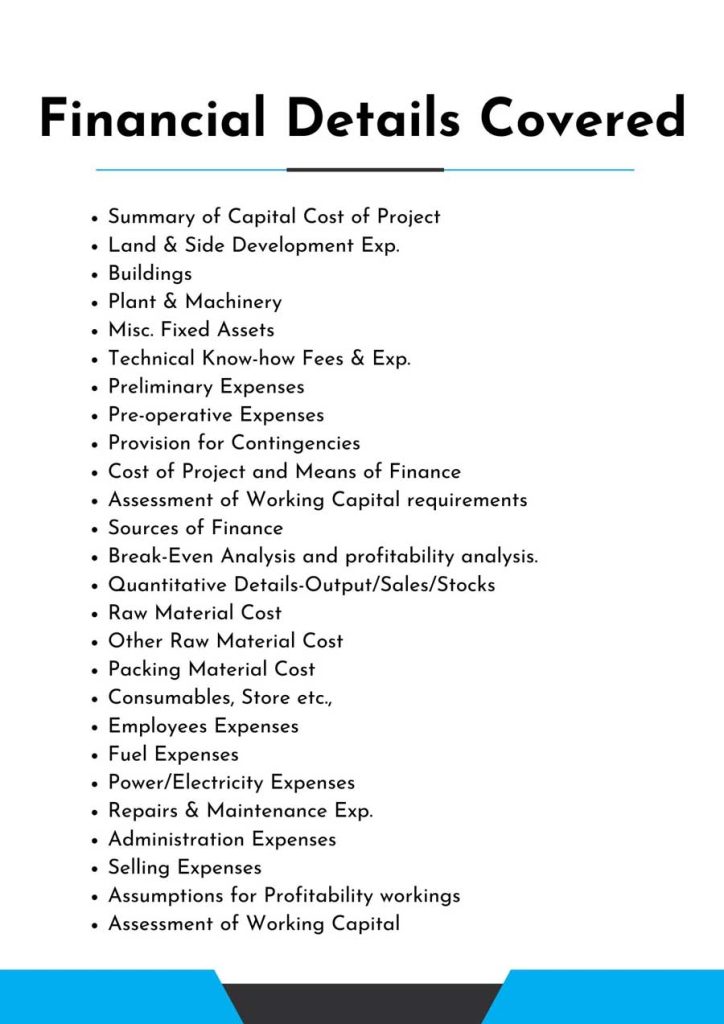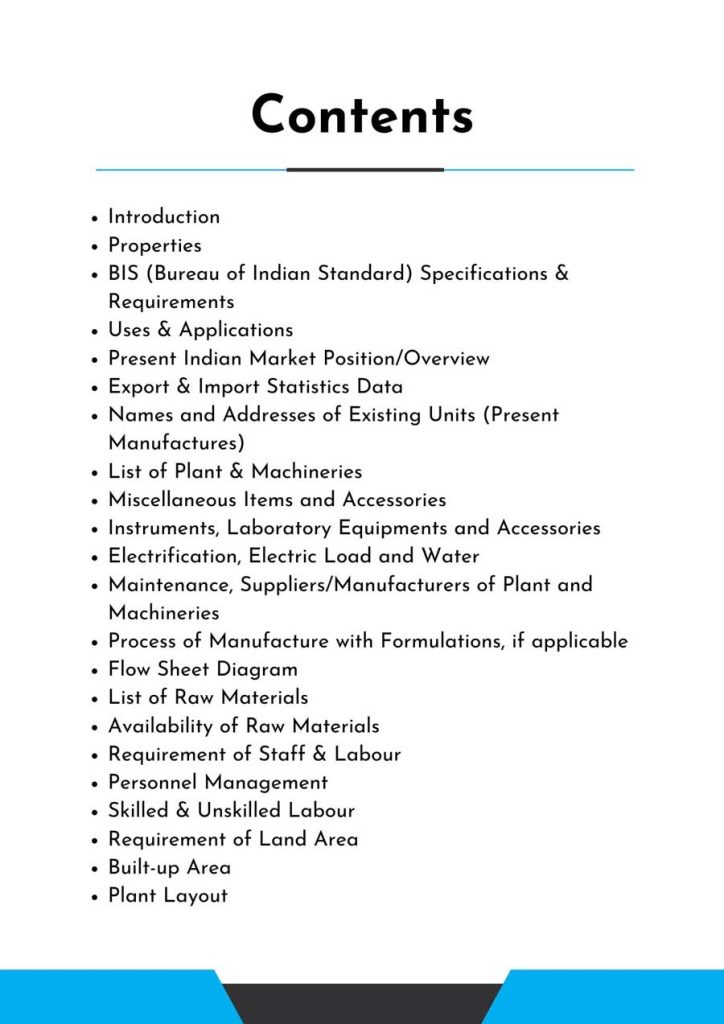Feasibility Report On Heavy Equipment Manufacturing
Heavy equipment manufacturing involves the production of large and powerful machinery used in construction, mining, agriculture, and other industries. These equipment include bulldozers, excavators, cranes, and more, designed to perform heavy-duty tasks efficiently and safely.
Introduction
Feasibility Report For Heavy Equipment Manufacturing.
Heavy equipment, often known as heavy machinery or construction equipment, refers to large and robust devices used in a variety of industries and construction projects to do activities that humans would find difficult or impossible to perform manually. These machines are built to handle huge loads, rough terrain, and difficult duties, making them important instruments in the modern construction, mining, agriculture, and transportation industries. Construction requires a lot of heavy machinery. Heavy machinery is used by construction businesses to do activities such as excavation, grading, lifting, and carrying heavy materials.
Some of the most popular heavy machines utilised in construction projects are bulldozers, excavators, cranes, and loaders. These machines can dig foundations, level terrain, move and arrange large materials, and quickly construct buildings. Heavy machinery is used in a variety of applications, including civil engineering, infrastructure, and military projects, as well as other heavy construction developments and agricultural and forestry projects. Military equipment ranges from tanks to aircraft carriers, whilst civil engineering applications employ tools ranging from massive cranes to much smaller instruments such as jackhammers.
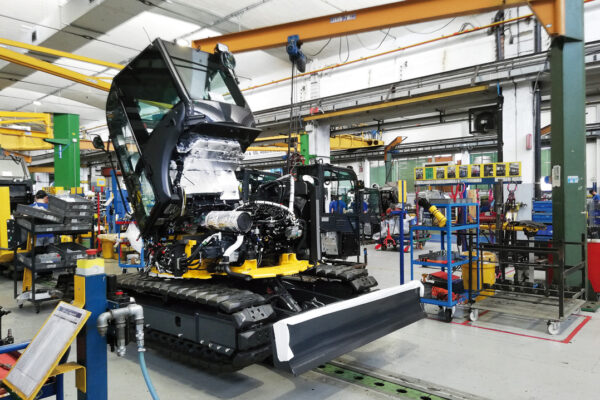
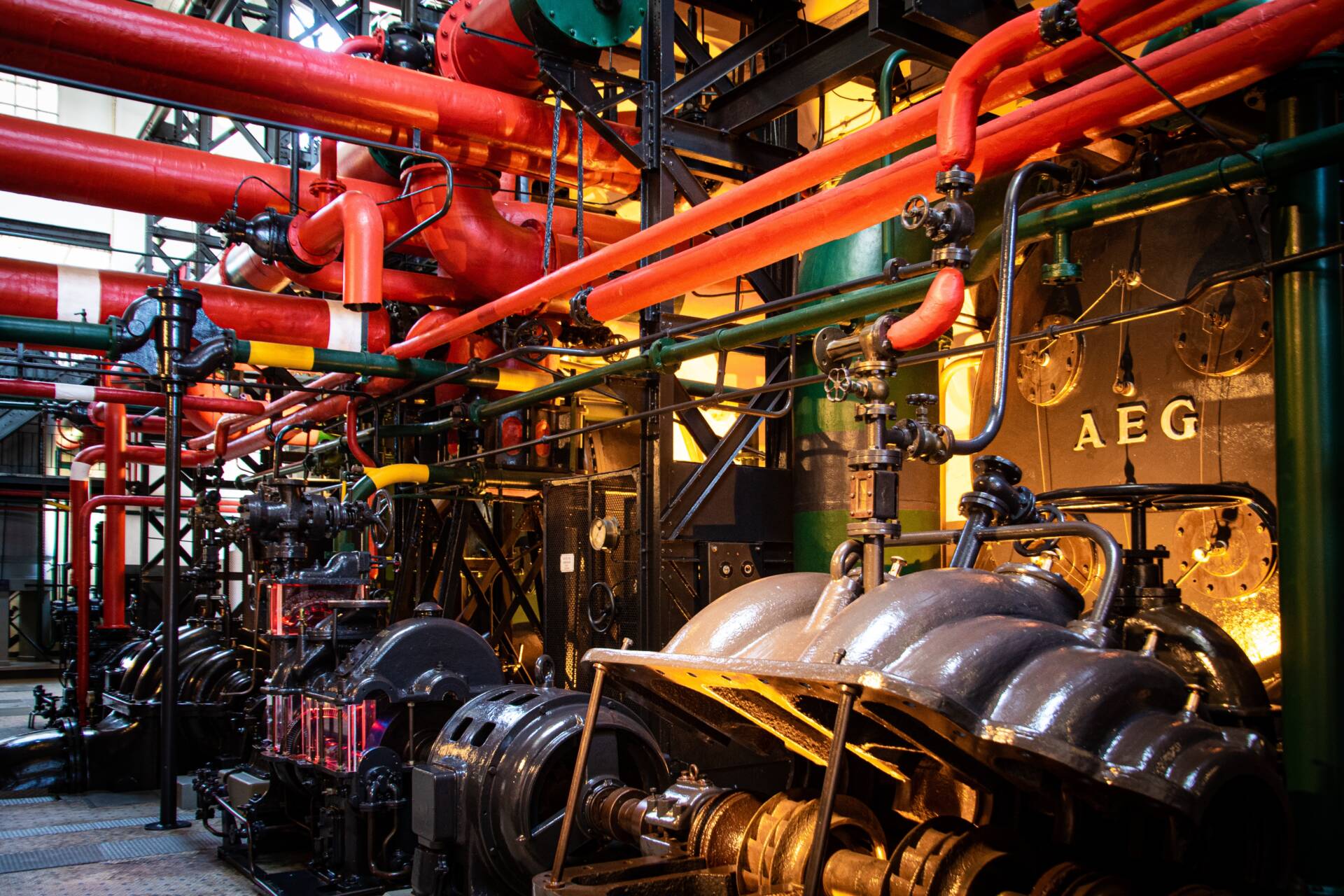
Highway repair and maintenance, bridges and overpasses, and projects such as interstate bypasses are all examples of infrastructure projects. Engineers and designers produce precise drawings and blueprints for heavy equipment during the production process, taking into account aspects like as function, materials, and safety. Raw materials, such as steel, are sourced and prepared for fabrication. During the fabrication process, the principal components of the equipment are constructed by cutting, shaping, and welding.
These components are then assembled together, and electrical and hydraulic systems are integrated. Throughout the process, quality control checks are performed to verify the equipment satisfies safety and performance criteria. Before it is suitable for distribution and usage, the equipment is subjected to extensive testing to identify and correct any flaws. To produce reliable and lasting heavy equipment, the production process involves qualified labour, advanced machinery, and adherence to industry norms.
Feasibility Report Sample On Heavy Equipment Manufacturing
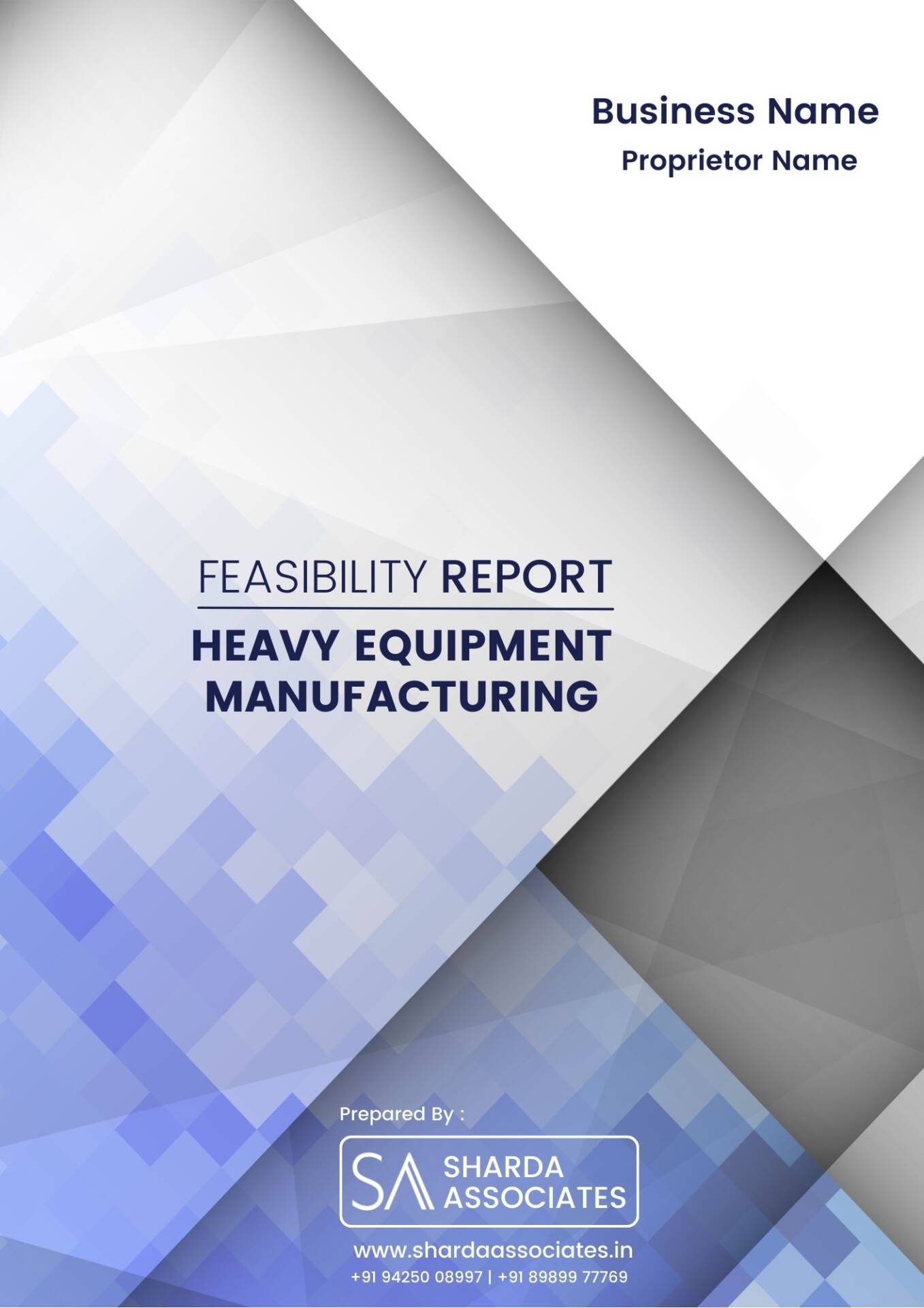


Market Strategy of Heavy Equipment Manufacturing
The worldwide heavy construction equipment market was worth $176.8 billion in 2020, and it is expected to rise at a 4.8% CAGR to $257.2 billion by 2028.
The expanding private sector investment, real estate sector expansion, better economic conditions, and residential and commercial infrastructure development in emerging countries are driving the heavy construction equipment market. In addition, the expansion of government infrastructure development projects and public-private partnerships for the construction of public infrastructure systems in nations such as the United States, India, and China has benefited market growth. Consumers all throughout the world want more technologically advanced, fuel-efficient construction equipment. Upgraded equipment saves labour expenses, allows for more accurate tracking of work at each level of the process, and lowers operational costs.
Players are attempting to broaden their business area by offering new products, services, or solutions that take full advantage of information and communication technology (ICT) and the Internet of Things (IoT). Demand for heavy equipment is driven by economic expansion in emerging nations and the recovery of developed economies. As economies grow, the demand for infrastructure, transportation, and resource exploitation rises, benefiting equipment makers. Heavy equipment rental and leasing industries are expanding, particularly in areas where small and medium-sized businesses prefer to rent rather than buy machines. Manufacturers benefit from a consistent revenue stream as a result of this development.
Furthermore, as investments in industrial and commercial development projects increase in developing nations like as China and India, the need for road building equipment and earthmoving equipment is expected to rise. The civil engineering and concrete equipment segments are expected to increase steadily, as the demand for this equipment is determined by the amount of current building and infrastructure projects. Due to the restricted need for mining applications, the crushing and screening equipment industry is likely to increase significantly.
